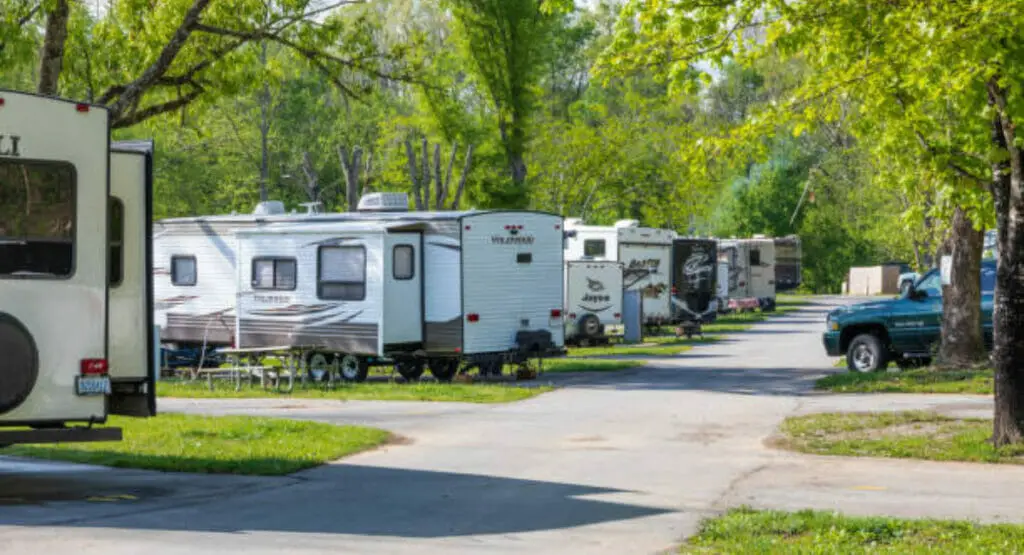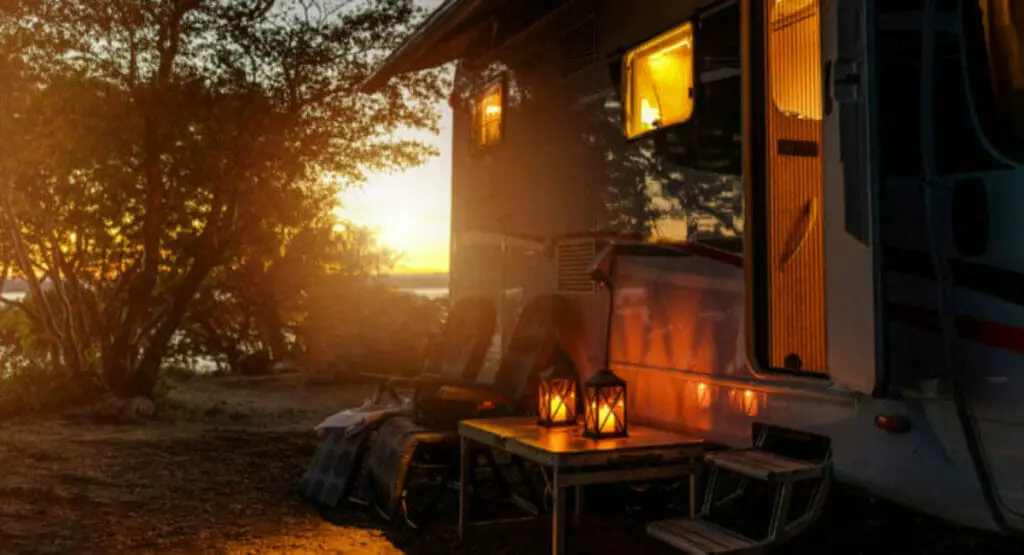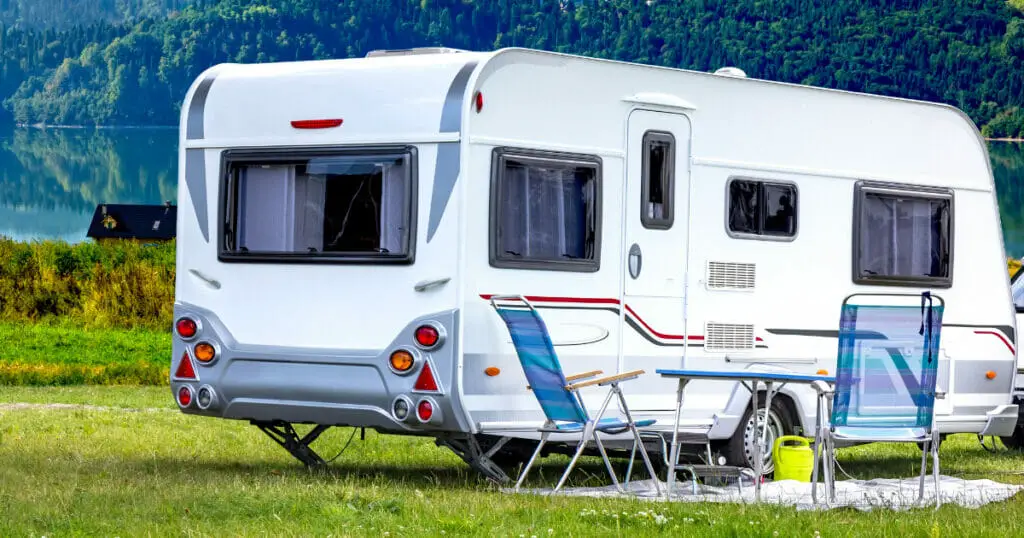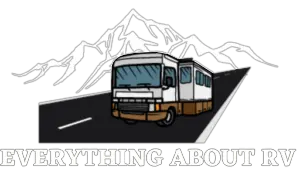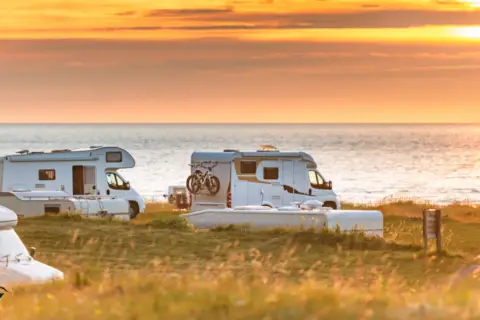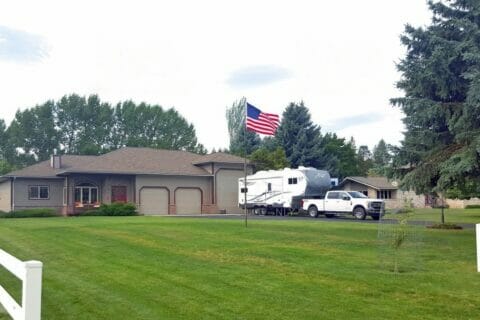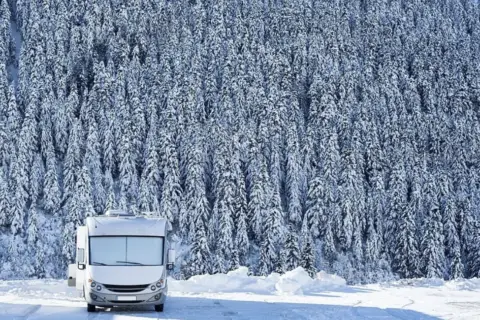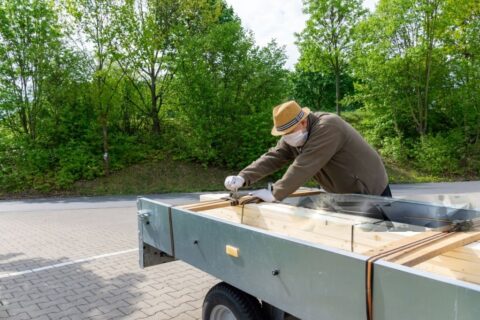Before taking the plunge into full-time RV living, there are several things to consider. First, you should rent an RV to try out the lifestyle and see if it is something you would enjoy. Secondly, make a list of all the potential concerns you would have in order to determine if you can address them. Third, you should begin to downsize your belongings to make the transition easier. Fourth, do a lot of research to understand the RV lifestyle and join RV-specific Facebook groups to get advice. Fifth, the RV is the more traditional option, with a gas motor, gas tank, and generator. You’ll fill up the tank just like your car, and you can go wherever you want without any issues—even if you’re in the middle of nowhere. On the flip side, electric RVs are quiet, easy to drive, and cheaper to buy than gas RVs. And since they’re low-maintenance, you don’t have to worry about anything breaking down at the most inconvenient time.
1. A place to stay
A Full-Time RV Living as a beginner is a big step. This is a hugely important decision for a few reasons. First and foremost, you need to decide if you want to stay in one place or if you want to travel. If you want to stay in one place, you need to find a place to park your RV legally. And if you’re near a city, you’ll have more housing options. If you want to travel, you’re going to have to be more creative about where you’re going to stay. There are many options, and it all depends on where you want to go. Some of your options include RV parks; these are great if you want to be around other people, have access to amenities like WiFi, and don’t want to worry about getting kicked out. Boondocking: This is the more adventurous option. You’ll park wherever you want and rely on solar power for electricity. Hotels and Airbnb: If you’re having trouble finding an RV park or want to be around people, staying in hotels or on Airbnb is a great option.
2. Cost of a full time RV lifestyle
Full-time RV living can be an affordable way to see the country, but it does come with monthly costs. These costs can include an RV loan, truck or car loan, gas, propane, campsite fees, food, rig repairs and maintenance, vehicle insurance, health insurance, phone/TV/Internet, entertainment, and other costs such as laundry, mail service, and pet care. If you’re going to buy a new RV, you might want to sit down before you start looking at prices. One study found that the average price of a new RV is $43,000. While this may seem like a lot of money, keep in mind that you’ll have a fully stocked kitchen, a bedroom, and a living room—all things you’ll have to buy for your house. Setting up a budget with fixed and known costs and tracking your expenses can help you live within your means and not overspend. If you’re going to buy a used RV, you should keep in mind that it’s not like buying a car. While the value will depreciate over time, it’s not always easy to put a price on the condition of an RV. In order to save money, look into RV clubs and memberships. You should also look for inexpensive camping options or ways to boondock. In order to pay for any necessary RV purchases, souvenirs, or other items that would make living in an RV more enjoyable, it is imperative to include a line item for miscellaneous expenses in your budget.
3. What you can and cannot bring with you
There are a few things that you should definitely bring with you when you start full-time RV living—and a few things that you should leave behind. First and foremost, you have to think about your stuff. If you have too many things, you won’t be able to fit them all in an RV. First, decide how many things you want to bring. Then, take everything out of your house and donate what you don’t want. After that, you can figure out how to fit it all in an RV.
4. Things to consider before taking the plunge into full-time RV living
You’re giving up a lot. When you decide on full-time RV living, there are many things you have to give up. You can’t go back to normal life if you decide you don’t enjoy the RV lifestyle. You lose your sense of home. Since you’re living in a small space, the things that make you feel at home are difficult to come by. You have to pay attention to the weather. When you’re living in an RV, you have to pay attention to the weather. If a storm is coming, you need to know where to park and if you’re safe. You have less privacy. It may appear as though the world is watching you when you live in an RV. – RV living isn’t perfect; you have to make some sacrifices. In truth, you have to make a lot of compromises, but that’s an amenity. Thor Four Winds is the best Class C RV for full-time living, featuring family-friendly features and an astounding list of amenities. Grand Design Reflection is great for people who like to live life on the go with its all-weather design and island kitchen. Finally, the Roadtrek CS Adventurous is the best RV for full-time living for those who wish to explore nature and keep things minimal on the road.
Conclusion
When considering full-time RV living, it is important to decide what type of RV will be most suitable for your needs, scope out the RV lifestyle, clean out your belongings, think about finances, and officially document your RV home. In addition, research campgrounds and prepare for the surroundings at your destination, possibly even modifying the RV for cold weather. Finally, be sure to have a mobile plan that will cover increased data and phone usage.

